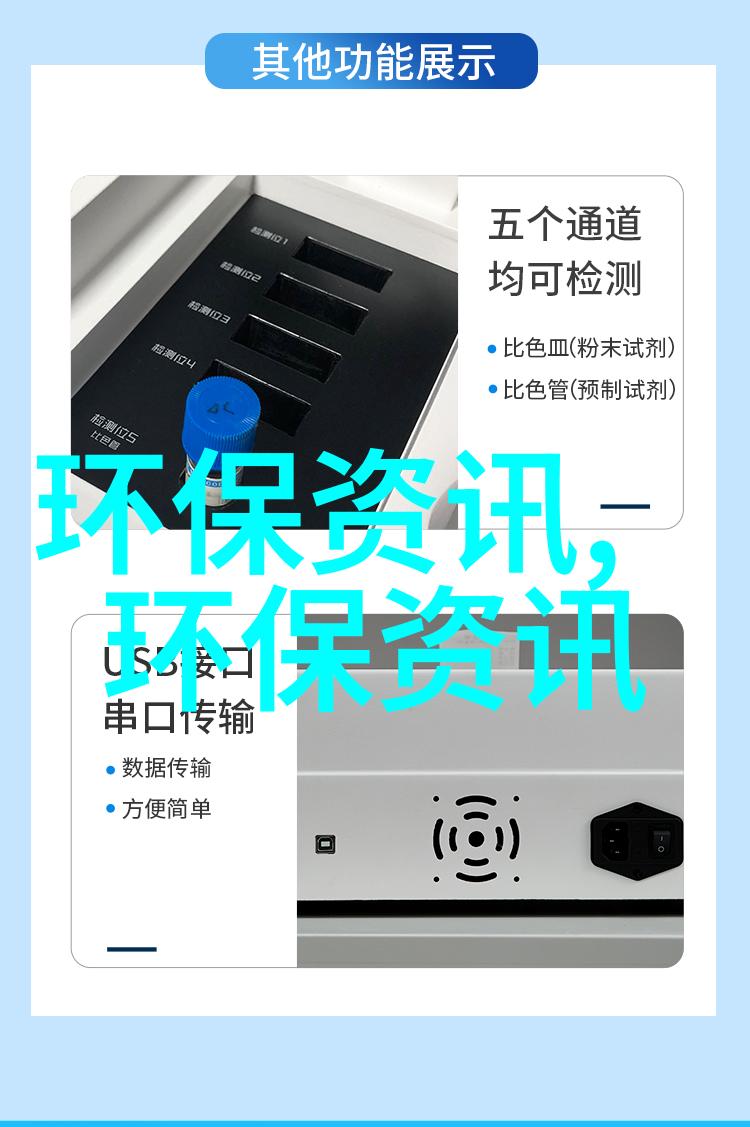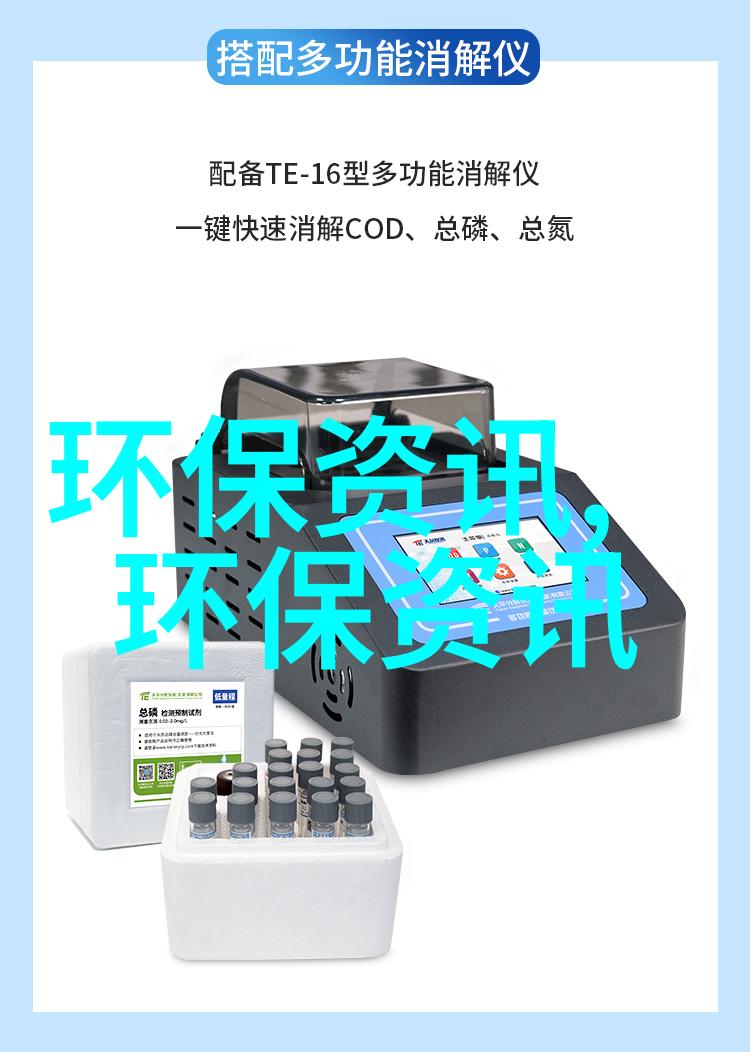地下水污染现状地下水环境质量污染源分析治理措施探讨
一:地下水环境质量如何?

在全球范围内,随着工业化和城市化的快速发展,地下水的环境质量日益受到威胁。许多地区的地下水因为受到了人类活动的影响,如农业废弃物排放、工业废液倾倒以及生活垃圾处理不当等因素,导致了严重的污染问题。这些污染物如有机物质、氮类和磷类化合物、高锰酸盐等,对人体健康造成潜在风险,并且对生态系统产生长远影响。
二:为什么会出现这种情况?

groundwater pollution is a complex issue that cannot be attributed to a single factor. The main reasons for groundwater pollution include agricultural activities, industrial operations, urbanization and population growth, inadequate waste management practices, and poor regulation enforcement. In many areas, the increasing demand for water has led to the over-extraction of groundwater resources without proper monitoring or management systems in place.
三:哪些是主要的污染源?

The primary sources of groundwater pollution are varied but can be broadly categorized into point sources and non-point sources. Point sources refer to specific locations where pollutants enter the aquifer system directly from sewage treatment plants, industrial facilities, mining operations, and agricultural runoff. Non-point sources encompass diffuse inputs from various land uses such as residential developments with septic systems or uncontrolled disposal of hazardous materials.
四:如何评估和监测地下的这场危机?

Assessing and monitoring groundwater quality is crucial in understanding the extent of contamination and identifying areas requiring remediation efforts. This involves collecting samples from wells or springs across different regions within an area under study through methods like grab sampling or multi-level sampling techniques. Subsequently analyzing these samples using laboratory tests helps determine levels of contaminants present in the water.
五:治理措施探讨有什么建议吗?

To mitigate this pressing concern effectively requires integrated strategies combining regulatory measures with community awareness campaigns aimed at reducing contaminant loads entering aquifers. Regulatory bodies should establish stronger policies on wastewater treatment standards while ensuring their implementation by all sectors including agriculture industries to minimize chemical fertilizer use.
Moreover public education programs could focus on promoting efficient use of clean water resources along with encouraging adoption of environmentally friendly practices such as recycling rainwater for household needs rather than relying solely on borehole supplies which may contain harmful substances due to improper maintenance procedures resulting in more frequent contamination incidents throughout history since human civilization began constructing infrastructure designed primarily around harnessing underground reservoirs beneath our feet – namely subterranean reservoirs utilized by us humans who seek sustenance through drinking fresh pure H2O!